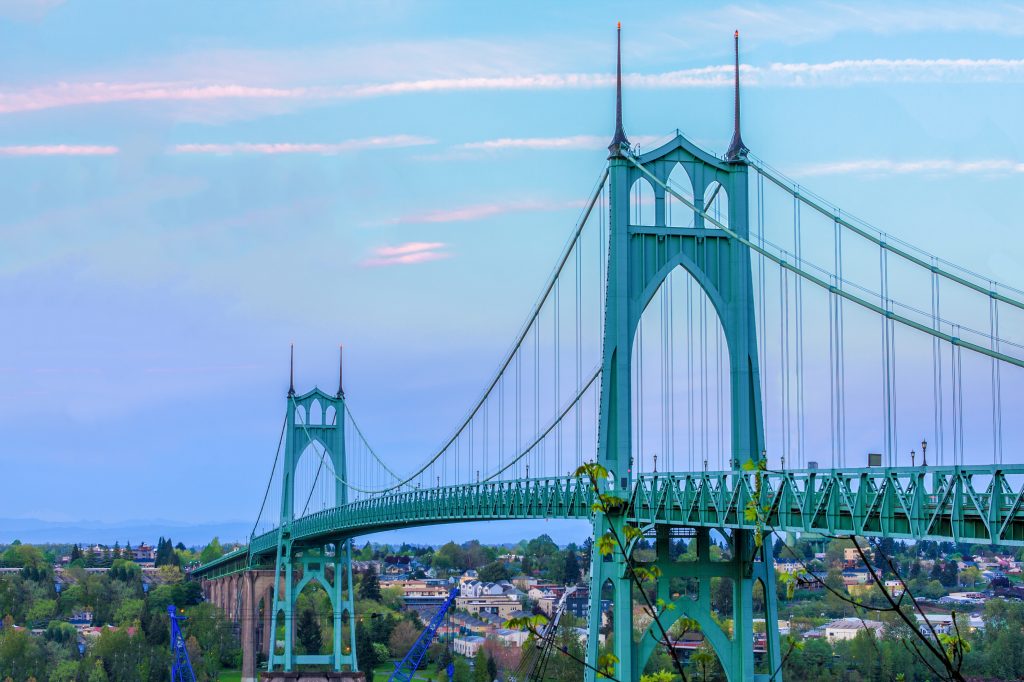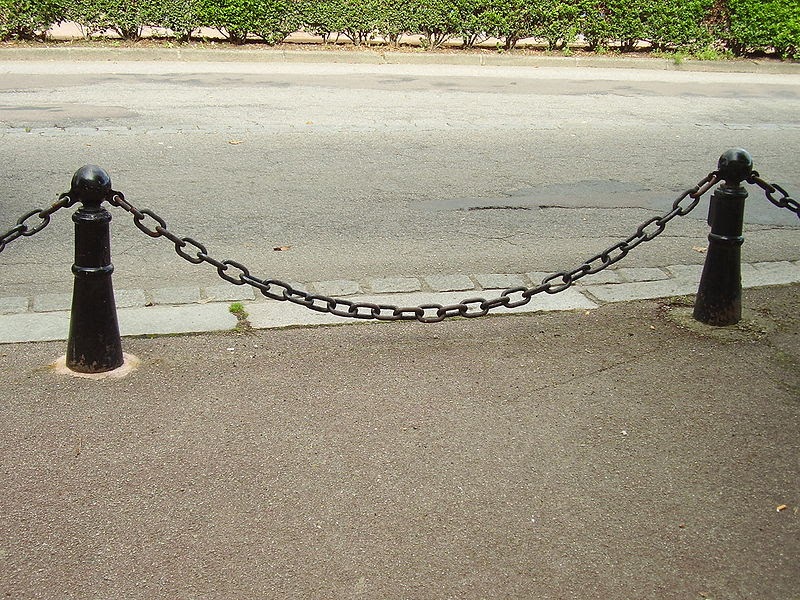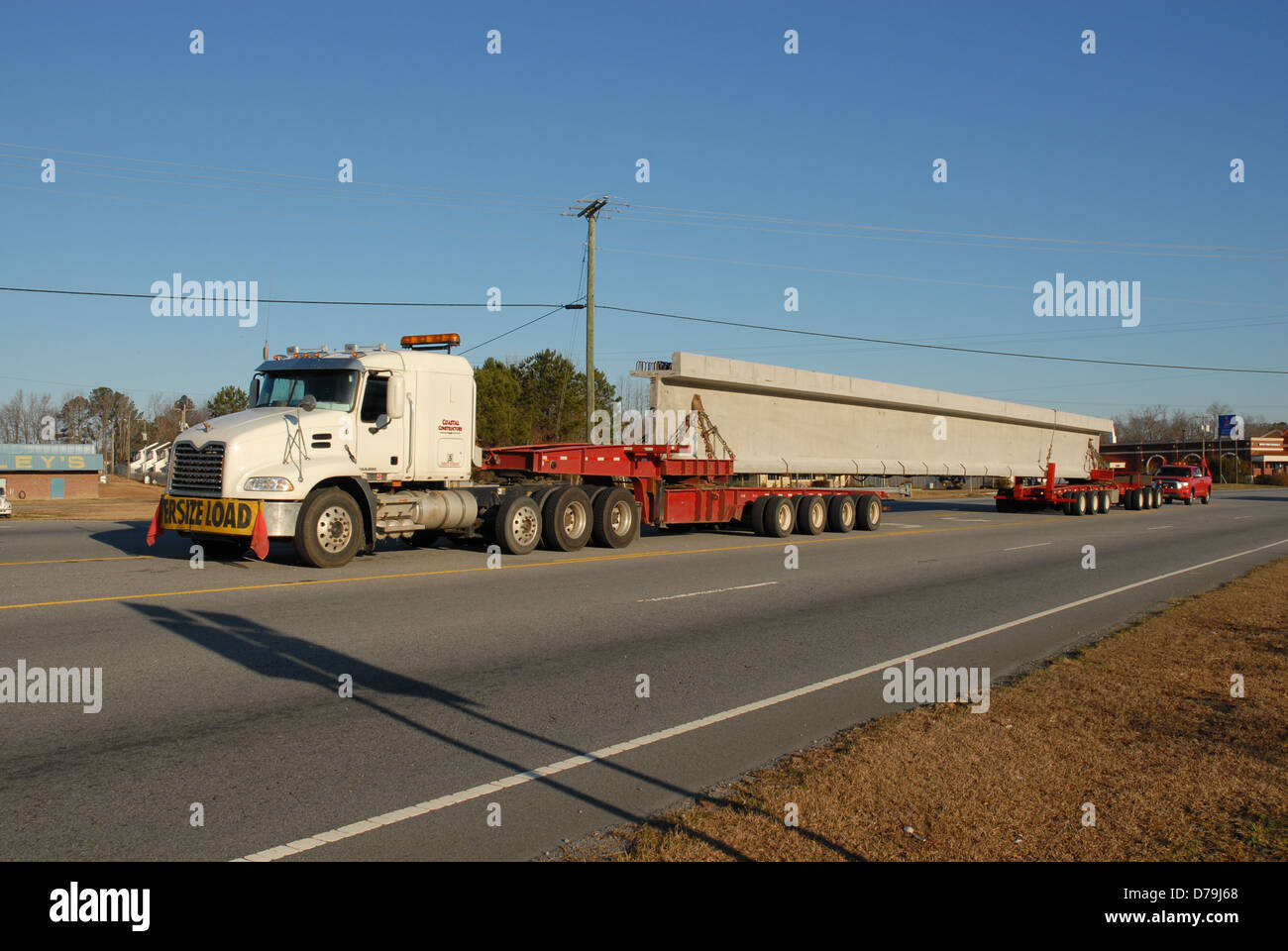- Joined
- Dec 10, 2011
- Messages
- 5,599
- Reaction score
- 2,717
I think what we see in this photo (reposted below) is the new viaduct (center) stopping short (but on the same elevation as) the existing viaduct (far right). Specifically the new steel set in the running direction is "pointing at" the similar-height old steel (set in the "cross" direction)Me thinks we see the New Lechmere viaduct threading underneath the old Lechmere viaduct??
This photo is taken from the crosswalk at the "open" end of the current bus berths, and is looking East toward Boston. Roughly from here (google maps https://goo.gl/maps/qC2rx5cmqGAucZkr8)
It looks to me like they have placed the last columns that they can, spanned it with the last steel that they can, leaving half of the concrete column-top empty (ready for the future spanning steel).
The thinner columns appear to be set up to hold the center platform. And I'm assuming that later they will lay another (parallel) triplet of steel beams to span on the "NorthPoint" side of that platform.
From here, the drilling of the next columns (that'll march where the current steel El is) will have to wait until the El comes down. And they will later span with steel between the new column you see and the first that is waiting to be built.
Last edited:





